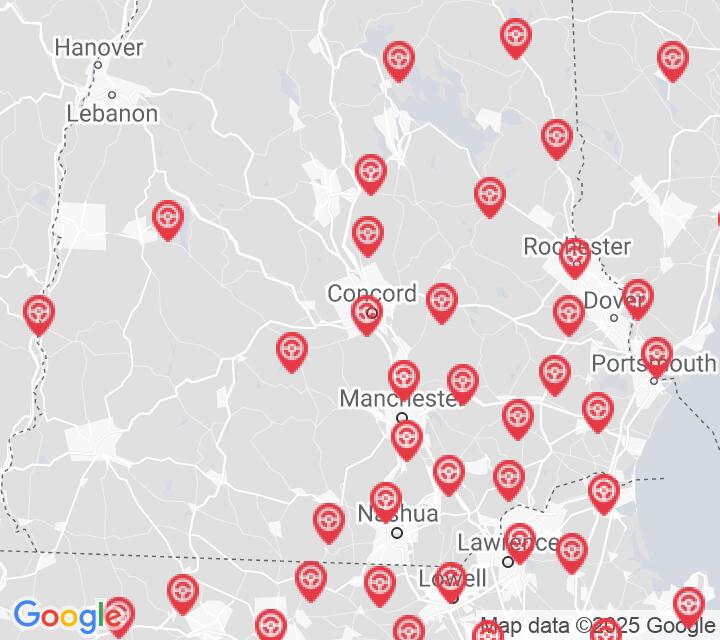2026 New Hampshire Motorcycle Permit Test 15
The following questions are from real DMV written motorcycle permit tests. These are some of the actual permit questions you will face in New Hampshire when getting your motorcycle learners permit. Each motorcycle theory practice test question has three answer choices. Select one answer for each question and select "grade this section." You can find this button at the bottom of the drivers license quiz. For a complete list of questions and answers for New Hampshire please visit https://cheat-sheets.dmv-written-test.com/en/new-hampshire/motorcycle.
Number of Tests
Number of Question
Passing Score
1. If your rear wheel locks while braking, you should:
Explanation
If your rear wheel locks while braking, do not release the brake. Instead, keep it locked until you come to a full stop.
2. The effects of marijuana consumption can last for:
Explanation
When marijuana is smoked, it can begin to affect the smoker within minutes and effects can last for between two and four hours. When marijuana is eaten, it may take over an hour to begin to affect the consumer, but the effects of the marijuana may last for more than six hours.
3. Which factor does not play a role in a person’s blood alcohol content (BAC)?
Explanation
The three major factors that impact a person's blood alcohol content are the amount of alcohol they have consumed, how quickly they have consumed it, and their body weight. The person's sex, physical condition, and food intake may also have some effect.
4. When being passed, do not move into the portion of the lane farthest from the passing vehicle because:
Explanation
When being passed, you should not ride on the side of your lane that is farthest from the passing vehicle. Doing so may tempt the driver to return to your lane before there is actually room for them to do so safely.
5. In which of the following situations should you increase your following distance?
Explanation
While a two-second following distance is generally adequate, you should increase your following distance any time conditions would require a longer stopping distance, such as when the pavement is slippery due to poor weather conditions. Additionally, you should increase your following distance at night, if you cannot see through the vehicle ahead, and when traffic is heavy.
6. To reduce your reaction time, you should:
Explanation


